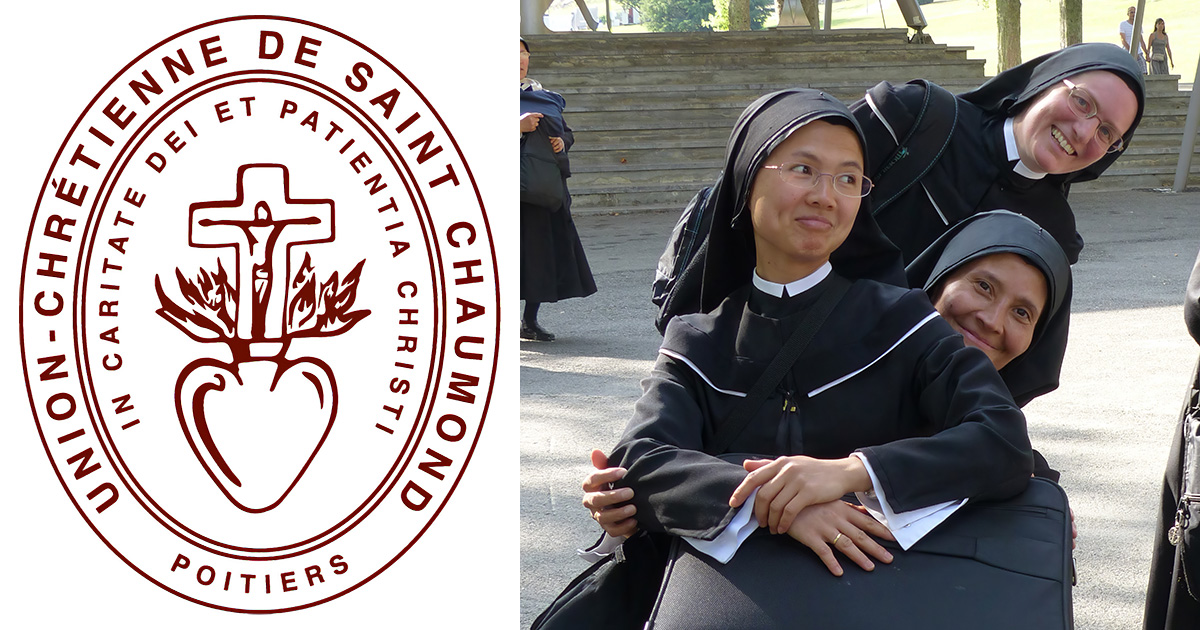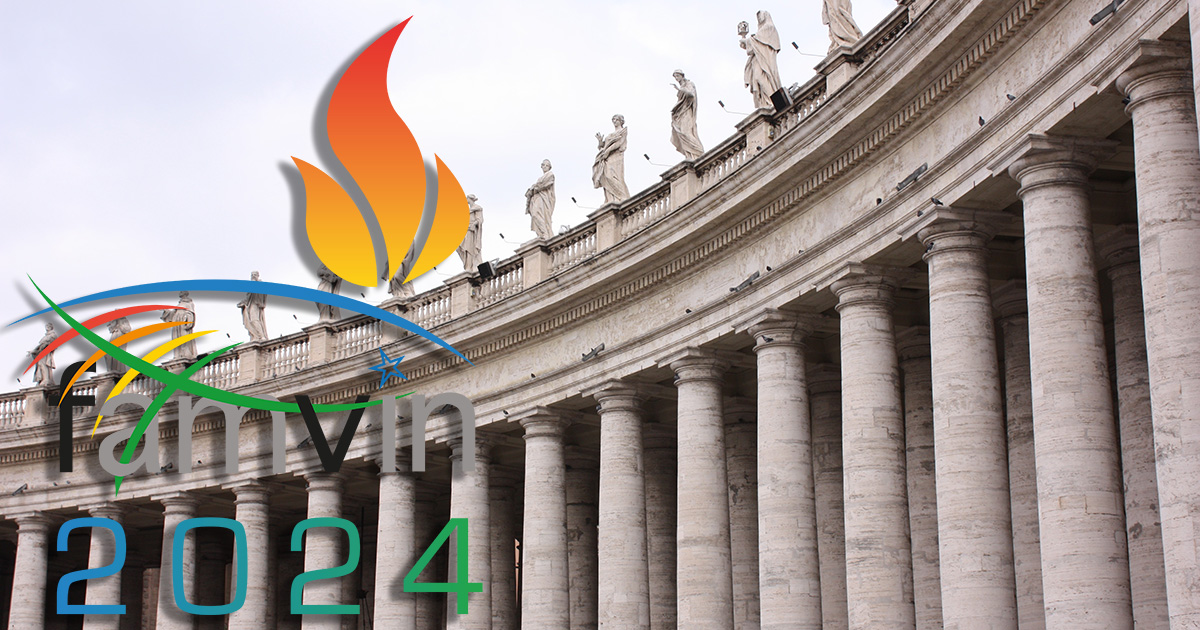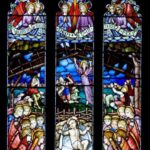Founded in 1652 under the patronage of Saint Chaumond, Bishop of Lyon in the 7th century, the Union-Chrétienne de Saint Chaumond has survived the centuries by remaining faithful to its original mission: the education of young people in all fields of their person, human, intellectual and spiritual. This religious institute of pontifical right, inspired by the spirituality of the French school of theology, has its roots in the work of St. Vincent de Paul and the venerable Madame de Pollalion.
The Founders: St. Vincent de Paul and Madame de Pollalion
Saint Vincent de Paul, born on April 24, 1581 in Pouy, near Dax, is an emblematic figure of French Catholicism. Ordained a priest at the age of 20, he experienced many vicissitudes, including a captivity in Tunisia that deeply marked his vocation. Upon his return to France, he moved to Paris in 1609 and worked under Cardinal de Bérulle.
In 1625, he founded the Congregation of the Mission, known in France as the Lazarists, to preach in rural parishes. Eight years later, he founded the Daughters of Charity, together with St. Louise de Marillac, dedicated to works of charity. St. Vincent also dedicated himself to the formation of priests and the education of young people in difficulty. In 1630, he met Madame de Pollalion, a remarkable woman of charity, with whom he founded the Union-Chrétienne.
Marie Lumague, known as Madame de Pollalion, was born in Paris in 1599. After a marriage blessed with a daughter and marked by the loss of her husband, she devoted herself entirely to charitable works, joining the Third Order of St. Dominic and the Ladies of Charity in 1629. Concerned about the situation of poor young girls at risk of prostitution, she founded, with the help of St. Vincent de Paul, the Hospital of Mercy, which became the first House of Providence.
In 1648, St. Vincent and Madame de Pollalion gathered a group of seven young women to dedicate themselves to the education of girls. Four years later, in 1652, this group gave birth to the Union-Chrétienne, a congregation dedicated to education and spiritual formation. Madame de Pollalion, whose faith in Divine Providence was unshakable, died in Paris in 1657.
The spiritual and missionary patrimony of the Union-Chrétienne
The Union-Chrétienne de Saint Chaumond is founded on a spirituality inherited from the French school, embodied by Cardinal de Bérulle and Monsieur Olier. This spirituality is centered on the imitation of the life of Jesus Christ, with special attention to fraternal union and mutual charity, fundamental principles for the members of the Institute.
The religious of the Union-Chrétienne vow to observe the evangelical counsels of poverty, chastity and obedience, and add a fourth vow of union. This vow, specific to their charism, commits them to remain united among themselves, giving witness to their love of Jesus Christ through their community and apostolic life. This union is at the heart of their educational mission, which extends beyond the borders of France.
Under the influence of Mother Cécile Devrièse, recognized as the second Foundress of the Institute, the Union-Chrétienne experienced a renaissance in the 20th century. Born in Lille in 1894, Mother Cécile developed a missionary vocation in her adolescence. She entered the community in 1918, was elected Superior in 1929 and worked tirelessly to revitalize the Institute, rediscovering its historical and spiritual roots.
Thanks to her missionary zeal, Mother Cecile multiplied the number of foundations in France and extended the work of the Union-Chrétienne abroad to Spain, Portugal and the United States. Under her impetus, the Institute went from being a primarily French community to an international organization, thus fulfilling Madame de Pollalion’s desire to bring charity to the whole world. Mother Cecile, a model of faith and dedication, passed away in 1978 after 50 years of service as Superior.
The Institute through history: from the French Revolution to international expansion
Since its foundation in 1652, Union-Chrétienne has undergone many trials, especially during the French Revolution. At that time, all the Houses were closed, the religious were dispersed and the Institute’s properties were sold. Despite these challenges, the Institute managed to re-establish itself in Poitiers under the direction of Mother Bardon de Lataillée. In 1802, Poitiers became the Motherhouse and the work of teaching was successfully resumed.
The Institute continued its expansion throughout the 19th century, despite a complex socio-political context. In the 20th century, under the direction of Mother Cécile Devrièse, the Institute experienced new growth with the opening of numerous new Houses in France and abroad.
Today, the Union-Chrétienne de Saint Chaumond is present in France, Spain, Portugal and the United States, where it continues to dedicate itself to the education and spiritual formation of young people. Its charism of Union, expressed in its own name, remains at the heart of its mission.
The charism of Union-Chrétienne: union and education
The specific charism of Union-Chrétienne is that of Union. This charism is manifested through the union of the sisters among themselves, but also in their union with Jesus Christ. This union is the foundation of their community and apostolic life, and guides their educational mission. The Sisters of Union-Chrétienne commit themselves to live according to the evangelical counsels, cultivating a great love for the presence of Jesus in the Blessed Sacrament and practicing abandonment to Divine Providence.
The Institute, born of the Counter-Reformation of the Council of Trent, is in line with French spirituality, which recommends imitating the life of Jesus Christ. The sisters strive to follow this ideal through their daily commitment to Christian education and the instruction of young people.
A prophetic vision of the future
One of the most remarkable aspects of the history of the Union-Chrétienne is the prophetic dream of Madame de Pollalion. In this vision, she saw a large field, linked to the sky by four golden chains, symbolizing the Institute and its union with God. Beneath this field, a stormy sea represented the world and its trials, while the ears of corn filled with precious stones symbolized the sisters and their mission to save souls. This prophetic vision foretold the difficulties and challenges the Institute would face, but also the divine protection that would sustain it through the centuries.
This vision continues to inspire the nuns of the Union-Chrétienne in their mission. They see their commitment as a response to God’s call to work for the salvation of souls, while remaining united among themselves and with Jesus Christ. This charism of the Union, founded on a deep life of prayer and devotion to Divine Providence, guides their apostolate in the schools they direct in France and abroad.
Conclusion: a living heritage
The Institut de l’Union-Chrétienne de Saint Chaumond, founded more than three centuries ago, remains a major contributor in Christian education throughout the world. Faithful to the spirit of their foundresses, the sisters continue to commit themselves with zeal and dedication to their educational mission, both in France and abroad. Their story is a living testimony to the strength of faith and perseverance in the face of the challenges of our time.
Today, Union-Chrétienne continues to respond to the needs of the Church and society, forming young people to become not only enlightened citizens, but also committed Christians. Its schools, founded on the principles of charity, respect and piety, provide an environment conducive to the spiritual and intellectual development of students, thus perpetuating the work begun by St. Vincent de Paul and Madame de Pollalion.
Contact:
- Address: 9 rue de la Mauvinière, F 86000 Poitiers, Francia
- Telephone: +33 (0) 5 49 41 32 59
- Email: union-chretienne.st-chaumond@orange.fr
- Web: https://www.unionchretienne.org/









